Indistylemen
Scandinavian Menswear – Styles of Sweden, Norway, Denmark & More
- Get link
- X
- Other Apps
For many of us, a mention of “Scandinavian style” might conjure images of warm, thick sweaters and hats, to protect against the cold climate of countries near the Arctic Circle. In fact, though, these countries have their own distinct and stylish takes on classic menswear. In the second of our series on menswear around the world (The first installment covered Japan, South Korea, and China), we will explore the characteristics that make up Scandinavian classic style.
What is Scandinavia, Exactly?
Scandinavia is the name of the geographical region of Northern Europe that presently includes Sweden, Norway, and Denmark, countries long populated by people sharing a similar descent and with languages that are related. Finland and Iceland are commonly lumped into Scandinavia in North America but have majority populations and languages that differ from the other three countries, so it’s more accurate to refer to all five nations as Nordic. However formally we make the distinction–and I’ll be using both terms kind of loosely–this larger region is undoubtedly known for some of the world’s best-dressed men.
SEVEN HALLMARKS OF SCANDINAVIAN MEN’S STYLE
Read any popular article on Scandinavian men’s style and you’d think everyone looked like Dolph Lundgren: blond and 6’5″, ripped with chiseled cheekbones. In reality, this stereotype ignores the diversity of the population and the variety of body types. Even if the percentage of model-quality Swedes may be higher than elsewhere in the world, certainly the ability to dress well and not look like your trying enhances the perception. And the good news is we can do it too. Certain consistent aspects can be seen in Scandinavian, and more broadly, Nordic style. Here’s what they are.
1. British (and Italian) Influence
It has been said that Nordic classic style combines the best of Italian and British. As with most tailoring worldwide, the original British influence is apparent, and given the proximity of the UK to the Scandinavian countries—a flight from London to Copenhagen is under two hours and less than $100—as well as some climactic similarities, it’s no surprise that there has been a British influence. With the growth of made-to-measure and bespoke ateliers like Saman Amel, Shirtonomy and Blu Giallo in Scandinavia, there has actually been some cross-fertilization with Great Britain. This is not to say that Italian style hasn’t made its appearance in the form of shorter and tighter jackets, but the evidence of Italian influence may come more in the form of adding a touch of panache to British traditionalism. This is because Scandinavian style consciously avoids some of the showy excess that can be part of Italian, and especially Neapolitan, looks.
This is captured by the Swedish term “lagom” meaning moderation, the “Goldilocks Zone” of being “just right” and not over the top. So, you’re not likely to encounter a ton of accessories like multiple bracelets, a watch and a lapel pin being worn at the same time, while pocket squares, if they’re worn at all, will not be erupting out of a jacket pocket. That internet icon of classic menswear, Andreas Weinås, for one, has said that he finds he no longer wears a pocket square that often. We can take “lagom” as a variation on the Nordic penchant for minimalism, most widely represented in Finnish Mid-Century architecture and Danish furniture design right down to Ikea products conceived in Sweden. Indeed, a description of Scandinavian interior design–“clean, simple lines, minimalism, and functionality without sacrificing beauty”–could refer equally to their take on clothing.
2. Restraint in Colors and Patterns
Contrasting with Italian style, the “lagom” concept in Scandinavian classic style tends to avoid loud patterns and electric colors. In part this can be attributed to the climate and seasons in Northern Europe where sunlight around 60 degrees N latitude differs from the way it is in Naples, for example. In our articles on dressing for summer, we discussed how strong summer sunlight enables you to wear white or hot colors like mustard yellow or chili red sport coats. When Nordic winter provides only 5 hours of sunlight, bright colors are incongruous, and even with the midnight sun, the quality of summer sunlight doesn’t favor strong patterns and colors. In other words, the living conditions are different than where it’s sunny and 90 degrees much closer to the equator. Understandably then, darker colors like navy, brown, charcoal grey and even black are popular for tailoring or overcoats, with black being used for more of a fashion/streetwear look.
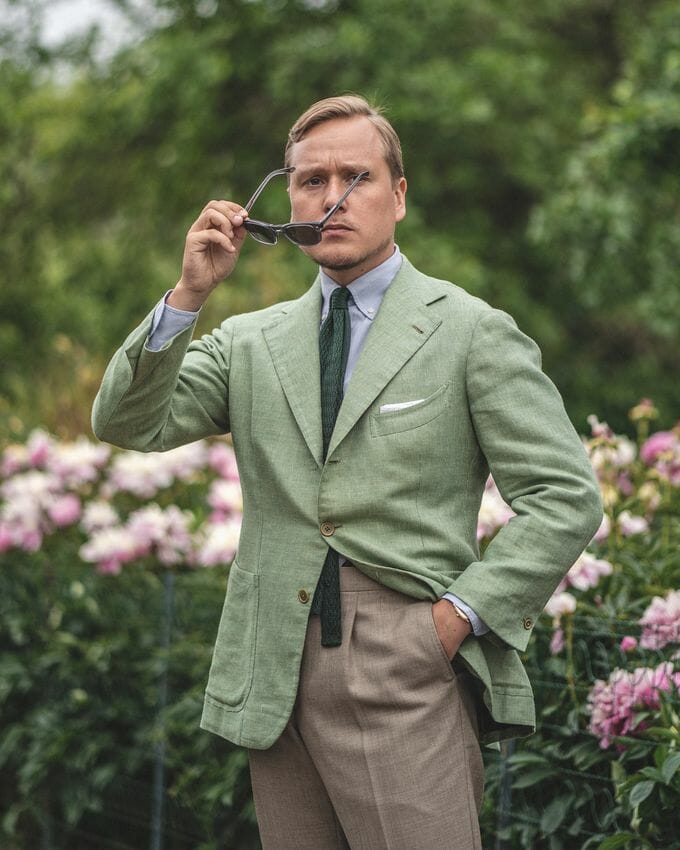
3. Neutral Colors
A variation on the idea of restraint is the strong representation of neutral earthtones in Nordic classic menswear. The most widely represented colors are browns, beiges, dark greens, greys and, of course, white. These can often be worn to create a monochrome or tonal look, like all browns or all grey. I would again argue the influence of landscape and geography (or geology) in this area. People from the region enjoy nature and have a strong connection with it. The Norwegian term for this attitude is “friluftsliv” (free-loofts-liv), meaning “open-air living,” which is the philosophy that being in nature is spiritually refreshing. It makes sense then that the color choices for classic menswear draw on the palette encountered in the great outdoors: the evergreens, the greys of bark and the browns of stone. This concept is most obviously represented by Atelier Saman Amel in Stockholm, whose Instagram is filled not just with images of the sweaters and bespoke jackets they sell but with photos of landscapes and textures from nature. The colors are explicitly drawn from nature, such as “a dried-up beach in Stockholm’s archipelago in early spring or late autumn,” but you can find similar influences looking at well-dressed Nordic men including the gents pictured above.
4. A Mastery of Knitwear
Along with an appreciation of nature comes an understanding of seasonality, and Nordic gents will choose their fabrics to suit the season–linens and hopsack wool for summer and flannel and cashmere for winter. Of course, being situated around the 60th parallel north latitude, Scandinavians know about long winters and cold weather and have a demonstrated expertise in layering with knitwear. Whether it’s a waistcoat, padded gilet or pullover, with sleeves or without, you’ll see a skillful interplay of colors and complementary tones. For example, in the left image below, a navy gilet is used on top of a sport coat, which breaks up the second layer of blue in the form of a crewneck sweater below. At right, Aleks from Malmö, Sweden wears a padded gilet under a checked jacket and repeats the brown tone present in the pattern,
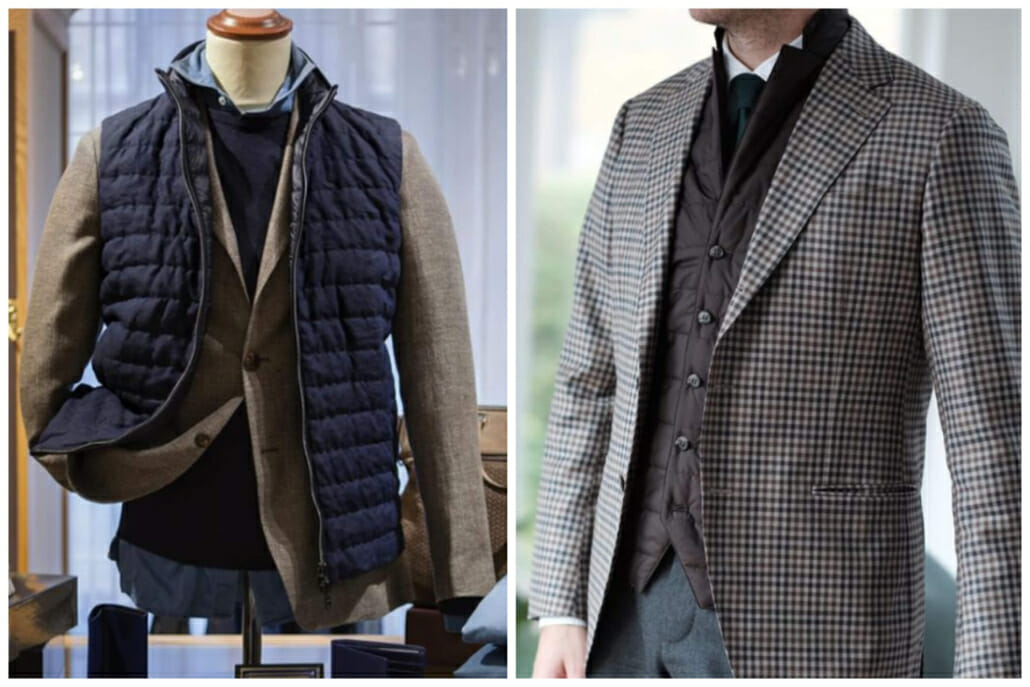
You’ll also notice knitwear in the form of turtlenecks (also called rollneck sweaters) being worn with tailoring instead of a dress shirt. While layering is convenient to add or remove layers depending on temperature changes, a turtleneck with tailoring will serve you well when it’s completely cold. I’ve collected a range of turtleneck colors myself for wearing this way, and I know Sven Raphael Schneider has also become a fan.
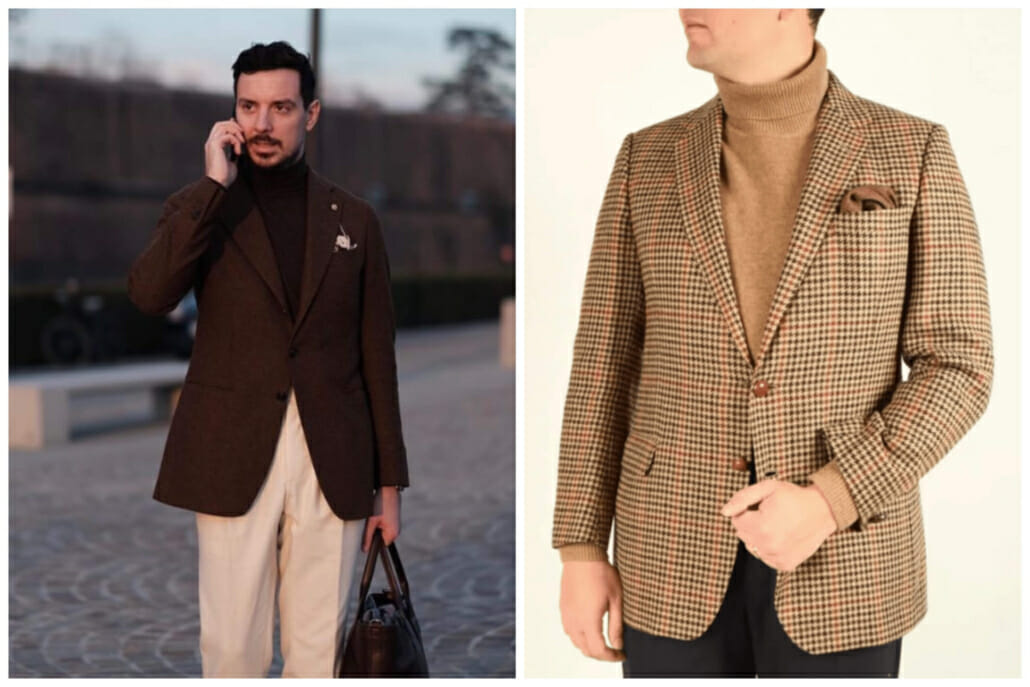
5. Quality Outerwear
Because of the extended cold season requires one to remain covered up, the well-dressed Nordic gentleman understands the importance of a statement overcoat. When your suit or sport coat is hidden, your top layer needs to be special; however, this doesn’t mean that Scandinavian style would choose a loud pattern. Instead, the coat would just be tailored, of obvious quality, and well fitting though always subdued in terms of appearance.
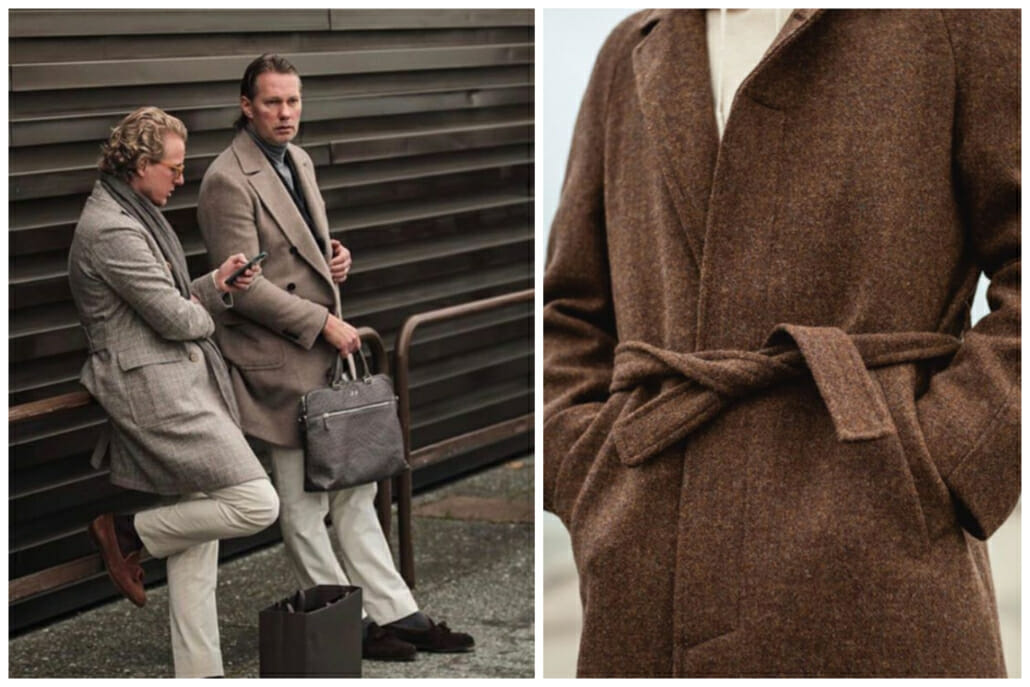
6. A Passion for Shoes
As a whole, Scandinavian men appreciate quality shoes and know their welts, waists, and hides. They also have a variety of shoes in their wardrobes including loafers, lace-ups and monk straps. Bespoke and high-end brands like Edward Green and Crockett & Jones have a strong following, and both the World Championships in Shoemaking and in Shoeshining take place annually under the auspices of the internationally renowned Swedish Shoegazing blog,
7. A Relaxed Attitude to Smart Casual
Lastly–and this is something already hinted at with the turtleneck-plus-tailoring combination discussed earlier–Nordic style shows a distinct mastery of casual wear with men knowing how to dress down while still looking stylish and not like they’re trying to be fashionable. This can mean drawstring trousers and sneakers with tailoring, loose-fitting wider-leg trousers, or polos with pleated pants and no-show socks. While Gentleman’s Gazette readers may balk at these relaxed approaches, we can still admire the way they represent a truly un-self-conscious way of dressing.
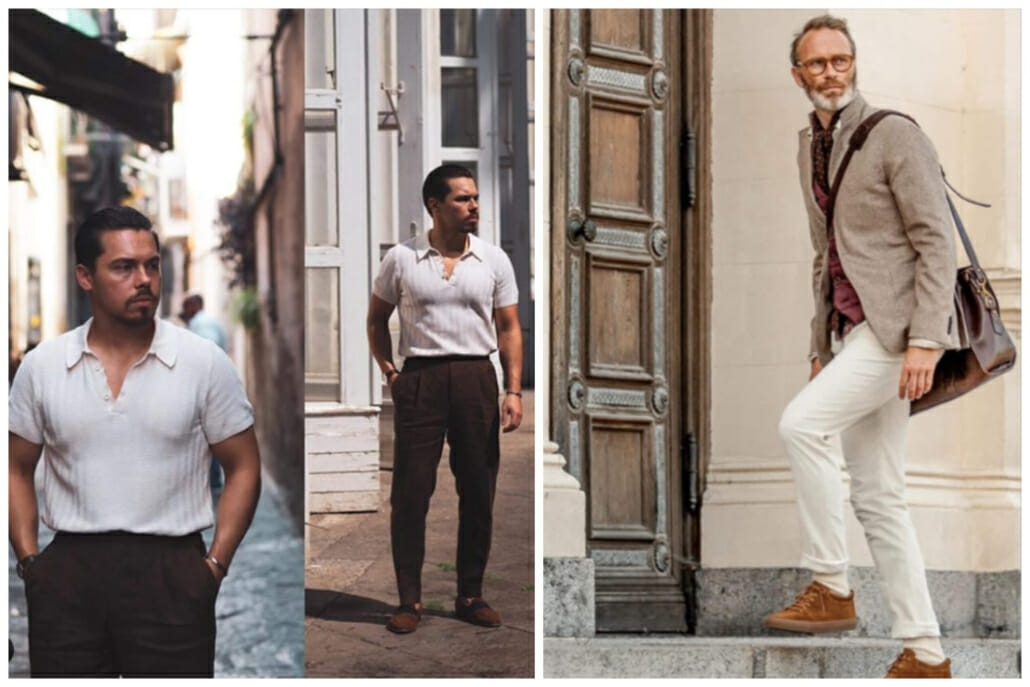
Where to Find Scandinavian Classic Menswear
For more classic menswear looks, check out the social media accounts of the personalities pictured in this article, which will inspire you and expose you to other Nordic gents who love traditional style. Andreas Weinås runs Manolo.se, a blog that presents a Scandinavian angle on classic menswear; it’s published only in Swedish, but the photos and some help from Google Translate make it worth an extended look. Another option is Plaza Uomo, a paid digital and print magazine.
When you want to shop, Stockholm is particularly strong in terms of represented menswear boutiques, as you can tell from the list that follows below. The city is worthy of a sartorial trip in its own right or combined with a larger holiday. Online, Norwegian company Berg & Berg has developed a strong following for its Italian-made shirts, which come in a variety of collars. The one-piece shirt is a particular favorite of mine. Berg & Berg are also known for their high-rise trousers, pleated and unpleated, which have become my go-to choices.
When it comes to shirts, Swedish made-to-measure company Shirtonomy also has a strong selection with an especially nice turndown collar, though they currently ship only to Europe. Made-to-measure tailoring can be found at the aforementioned Saman Amel and Blue Giallo, both requiring a visit to Stockholm. For shoes, Skoaktiebolaget and Skolyx are well known online. General menswear shops of note are Rose & Born (Stockholm), Cavour (Oslo), Gabucci (Stockholm), Lund and Lund (Stockholm), and Linnegatan 2 along with Rob and Co (both in Gothenburg).
Conclusion
With any of the geographical areas profiled in our series on menswear looks around the world, there will be generalizations and exceptions. Some Scandinavian men will dress more Italian and defy the observations made in this article. Especially in our globalized Internet age, classic menswear in any region can also be an amalgam of various influences, forming an international style. However, in the Nordic countries, there will still be characteristic attributes that peek through in the classic style of the region. What aspects of Scandinavian style do you like or already use in the way you dress? Let us know in the comments section below.
from Gentleman's Gazette https://ift.tt/2JUwxp4
- Get link
- X
- Other Apps

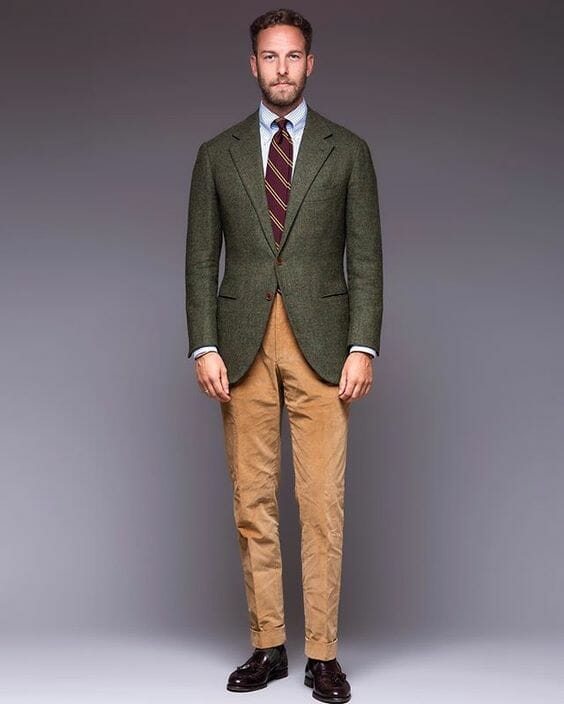
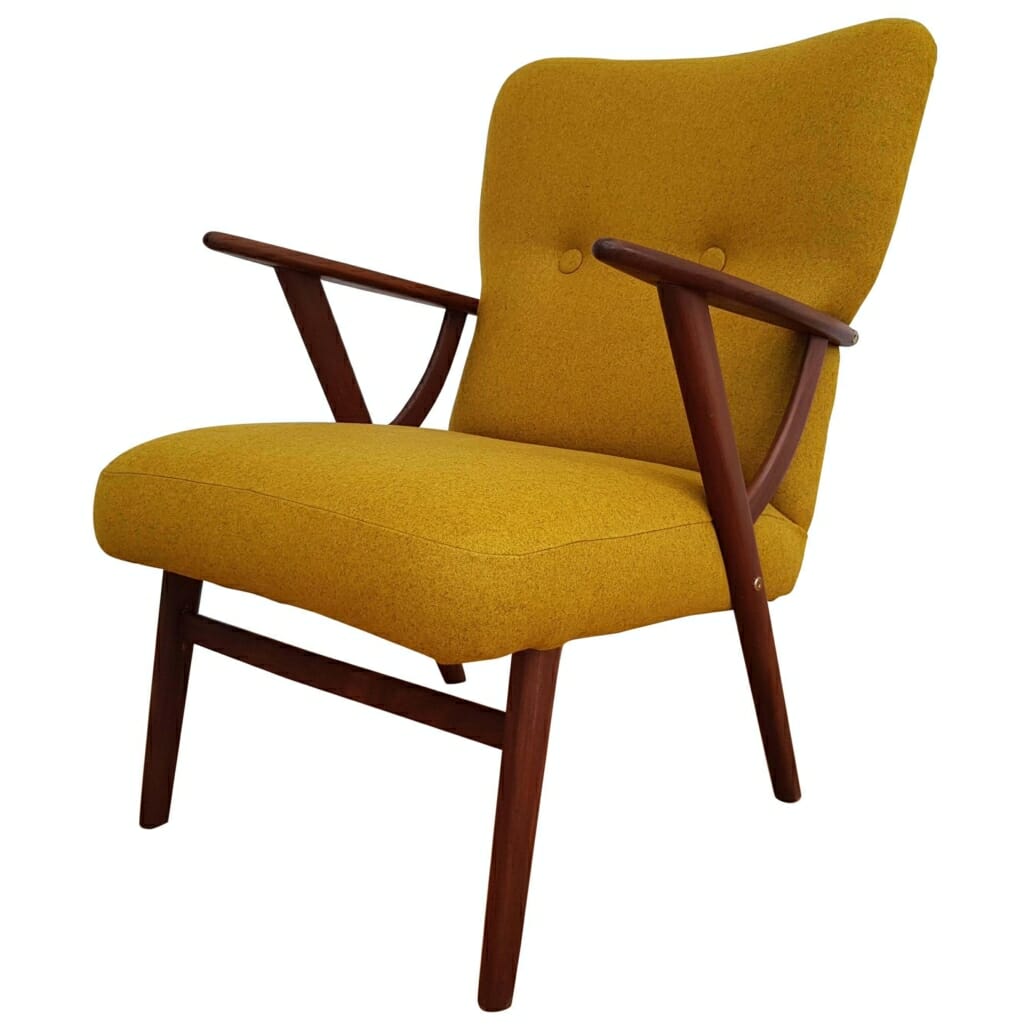
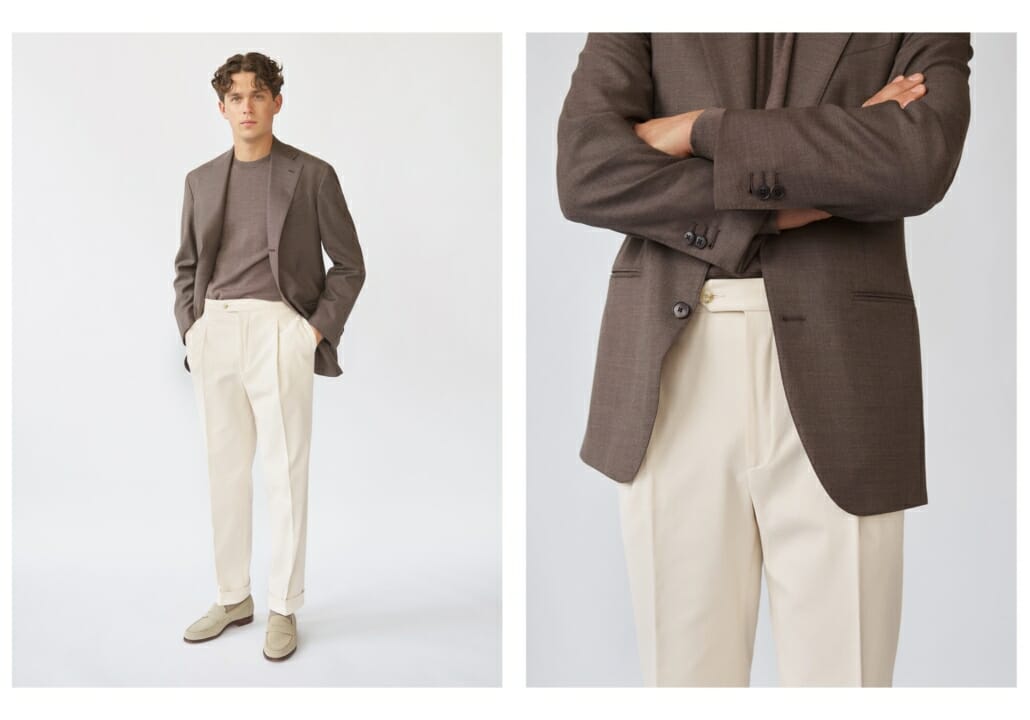
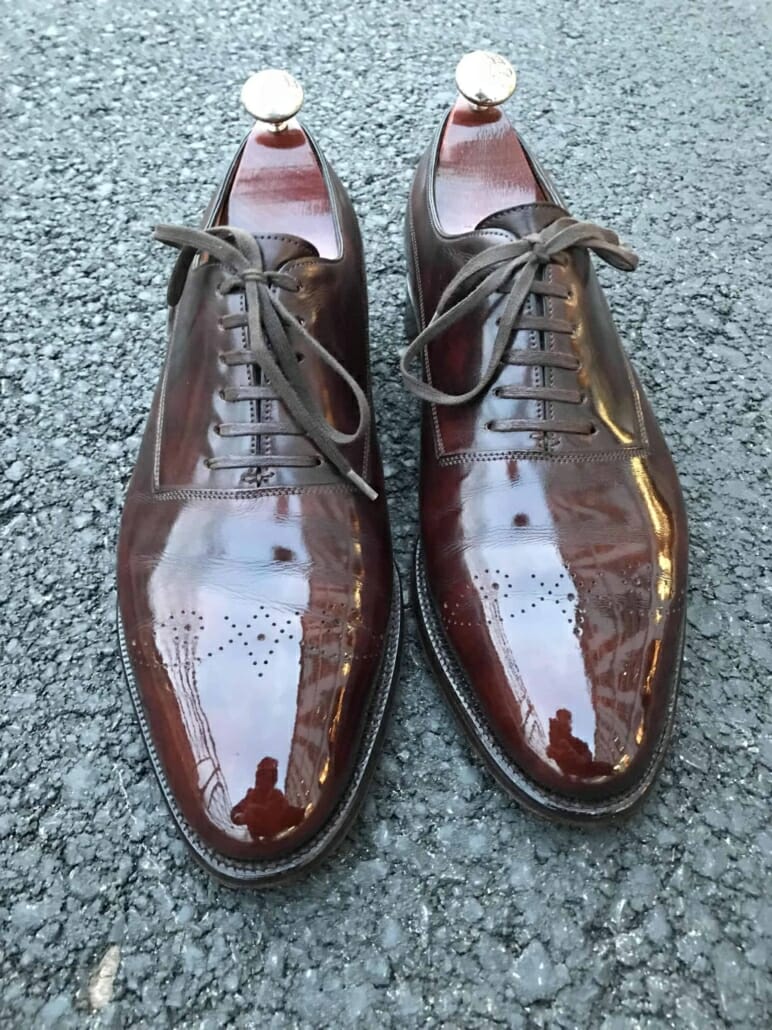
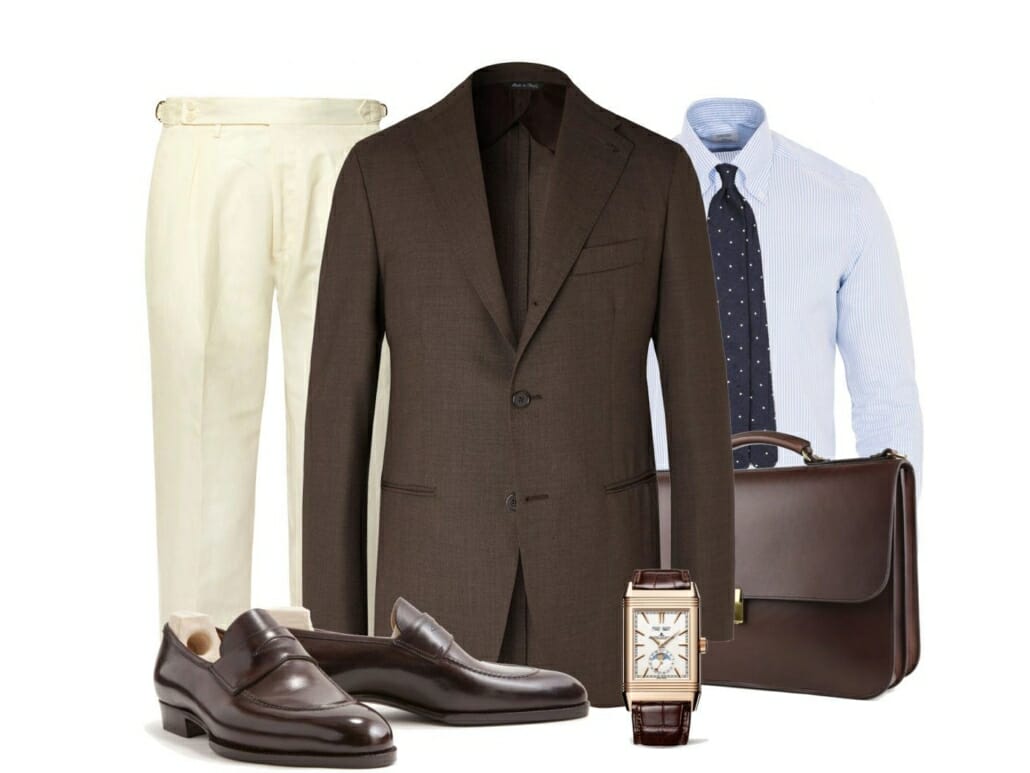
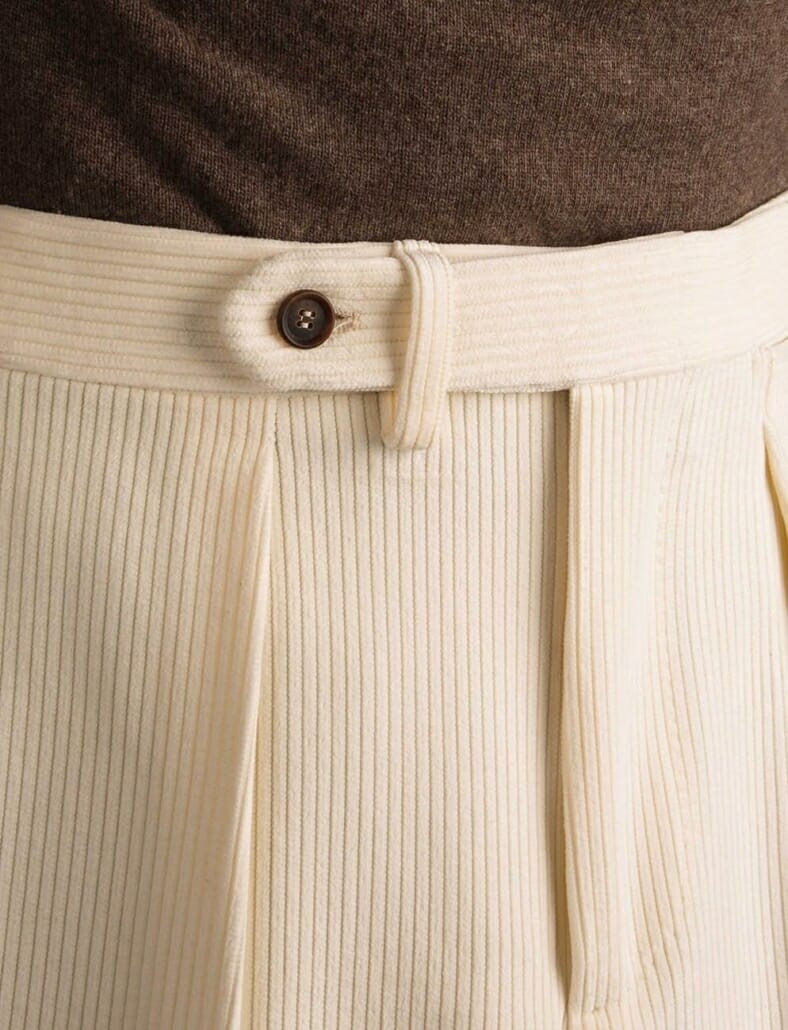
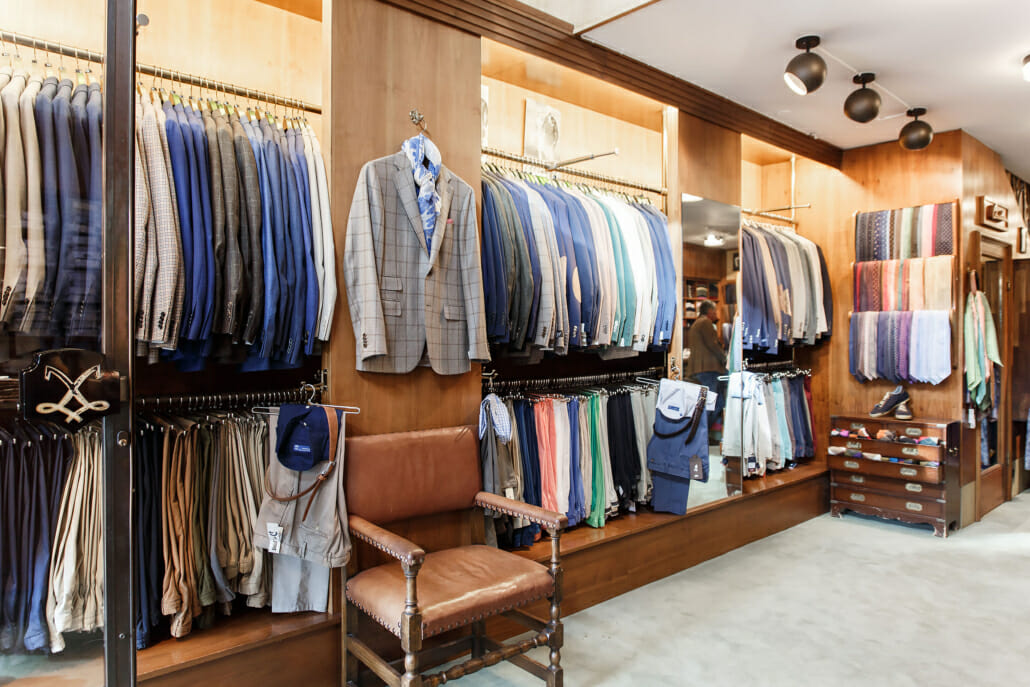
Comments
Post a Comment
thanks for your feedback